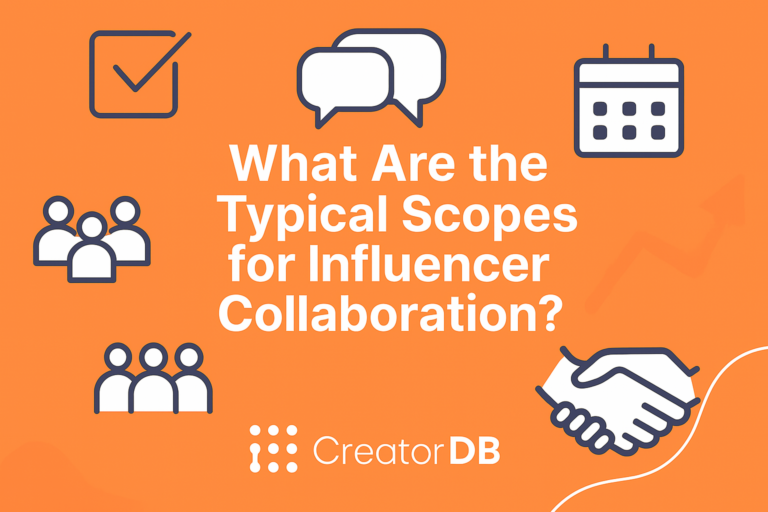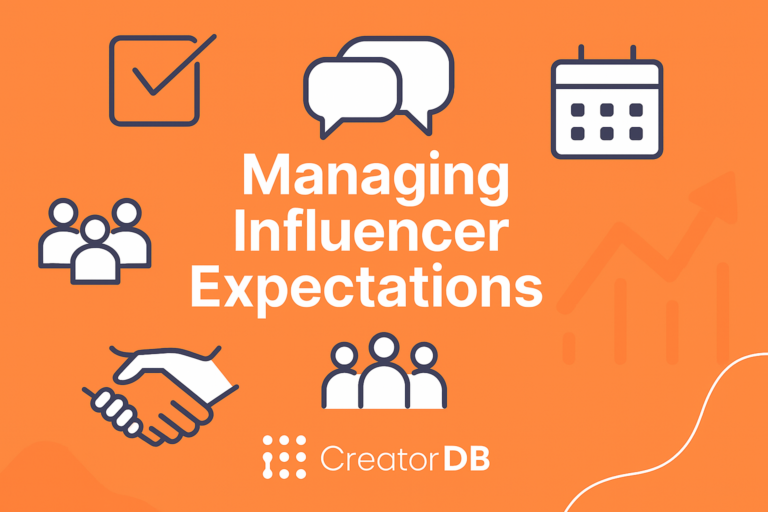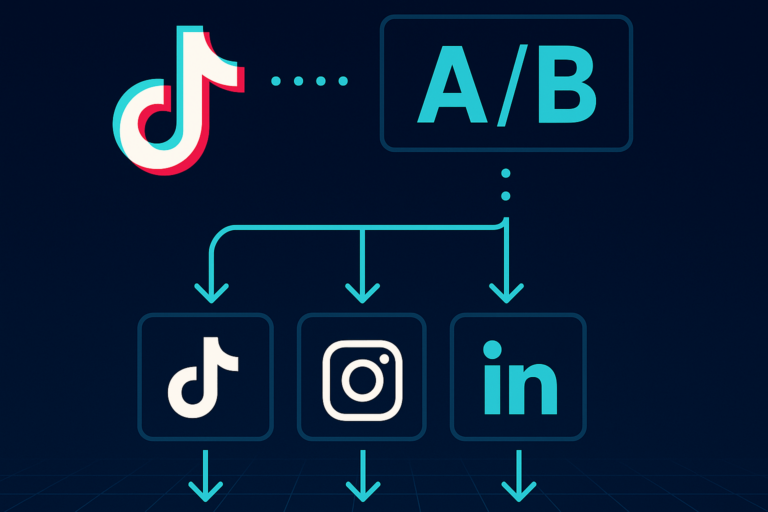In today’s crowded digital landscape, influencer marketing remains one of the most effective ways for brands to connect with consumers. But finding the right creators—those who not only align with a brand’s goals but also deliver results—is a time-consuming and complex process. CreatorDB encountered this challenge first hand trying to scale the influencer marketing agency. “In the spirit of our data engineering roots, we built a database to transform this process,” shared Clayton Jacobs, CreatorDB CEO. “Our tooling provides for data-informed campaigns at scale with speed, accuracy, and insight.”
Challenge: A Manual Process That Couldn’t Scale
If a brand wants to run an influencer marketing campaign they need to find the creators that align with their brand and audience goals. Finding those creators can take weeks, involving tedious manual searches across multiple platforms like TikTok and YouTube. Then, once you’ve found someone it’s a tedious process to collect emails, navigate platform-imposed rate limits, and manually reach out to see if creators are open to sponsorships.
Even once a creator is identified and they confirm they’re open to sponsorships, it’s still hard to know demographic data about the creator’s audience. These constraints made it difficult to launch campaigns quickly, target the right audiences, or effectively measure ROI. “Many of these campaigns are like lottery tickets,” shared Jacobs. ‘We wanted something that could create more predictable outcomes, which is only possible by aggregating and analyzing a massive amount of data.”
Solution: A Database-Driven Approach to Influencer Marketing
The CreatorDB agency was built with a different mindset from the start: it wasn’t just about offering influencer services—it was about doing it smarter. Instead of building a traditional agency, the team created tooling that could automate, enhance, and scale every part of the campaign process using their proprietary CreatorDB database.
“When we started the agency side of the business, we didn’t want to do things the hard way. We knew the data was out there—it just wasn’t being used properly,” said Jacobs. “So we built a system that could not only find creators faster, but also tell us which ones actually move the needle.”
Precision Matching Based on Campaign Goals
At the start of every campaign, brands provide the CreatorDB agency with their criteria—platforms, target audience, campaign goals, and budget. From there, the agency uses its internal platform to instantly surface the most aligned creators. For example, the agency filters for creators with high average views and broader reach for a client looking for brand awareness. While a conversion-focused campaign might focus on creators with tighter communities and higher engagement rates.
By analyzing trailing 20-video averages and comparing engagement on sponsored vs. organic content, the agency can predict which creators will perform—before a single dollar is spent.
From Days of Work to Minutes of Filtering
What once took weeks is now reduced to hours—or even minutes. The CreatorDB platform surfaces:
- Verified contact information
- Audience demographics (age, gender, geography)
- Creator-level sponsored content history
- Product-category performance insights
- Audience trust indicators (like engagement rate delta between sponsored and organic posts)
With this level of insight, the agency no longer has to guess. It knows which creators are sponsorship-friendly, which have moved product in the past, and which resonate with specific demographics. That means less outreach, fewer negotiation cycles, and higher hit rates.
Results: Predictable Performance at Scale
CreatorDB’s internal tooling doesn’t just save time—it unlocks predictability. Campaigns are no longer run on intuition and manual vetting. They’re driven by a structured, repeatable process that delivers:
- Faster campaign launches
- Lower overhead and manual labor
- Higher-performing creators
- Tighter alignment with audience goals
“Most influencer agencies are service-heavy and data-light,” Jacobs noted. “We flipped that equation. By making the data the backbone of the business, we spend less time searching and more time delivering results.”


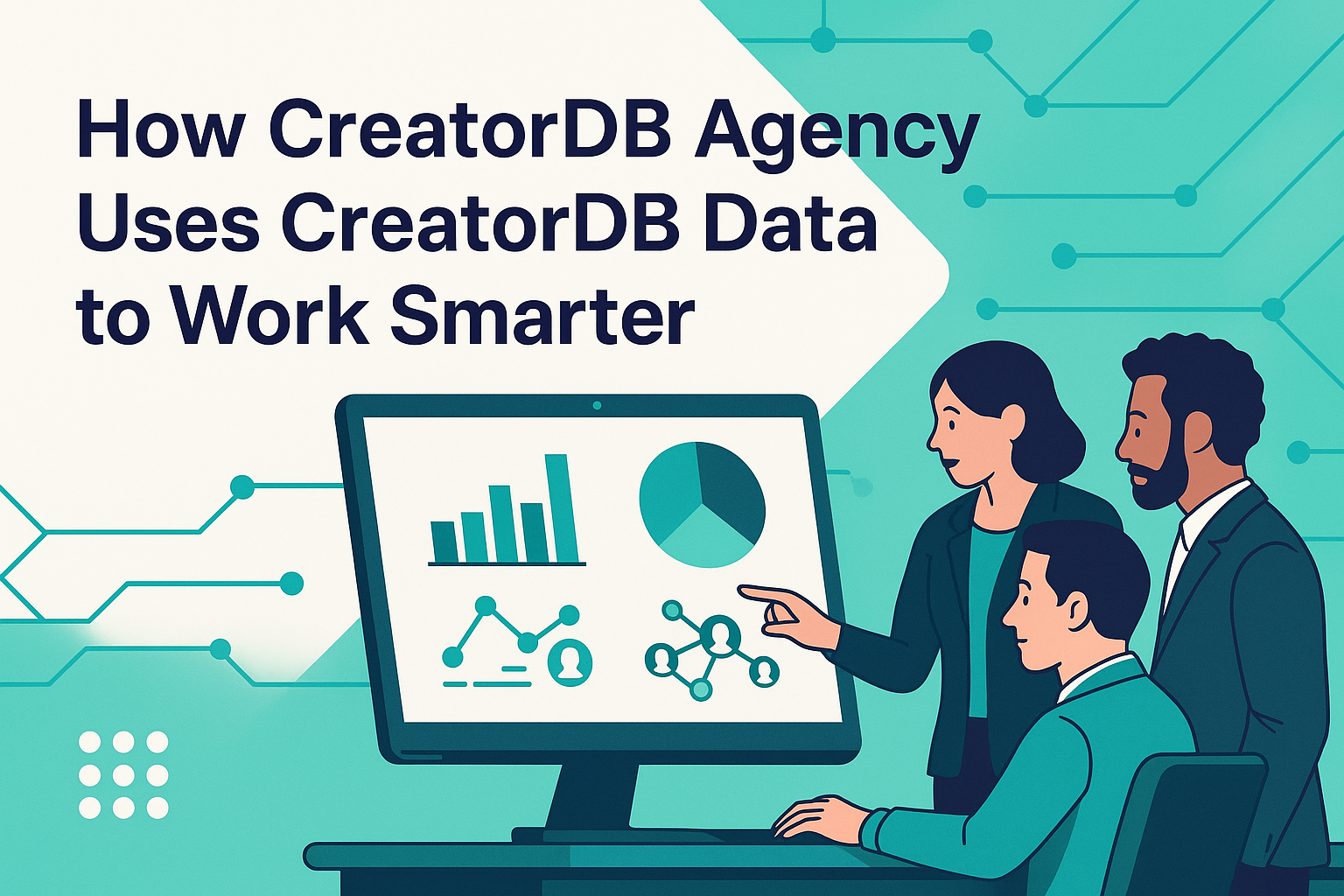
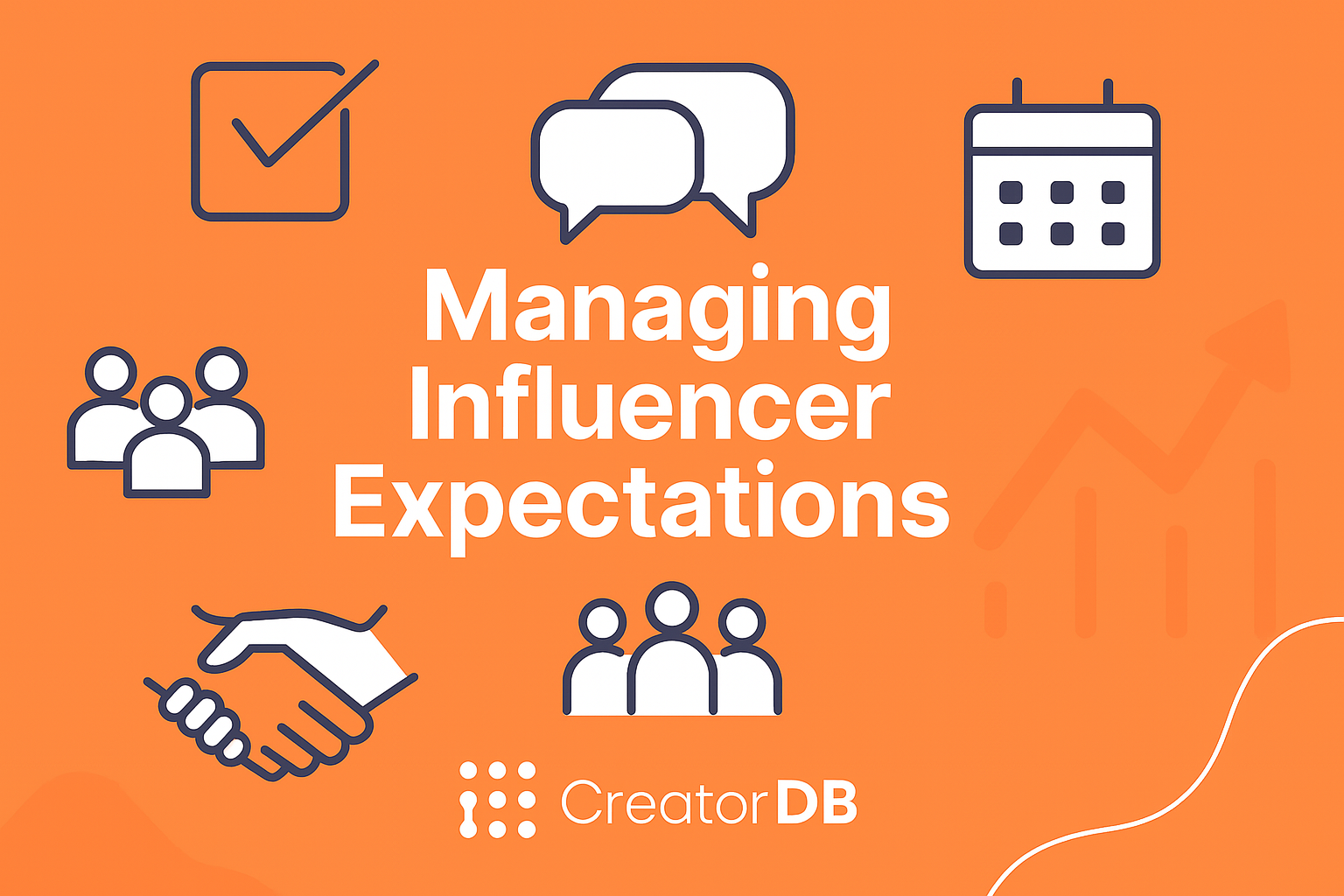
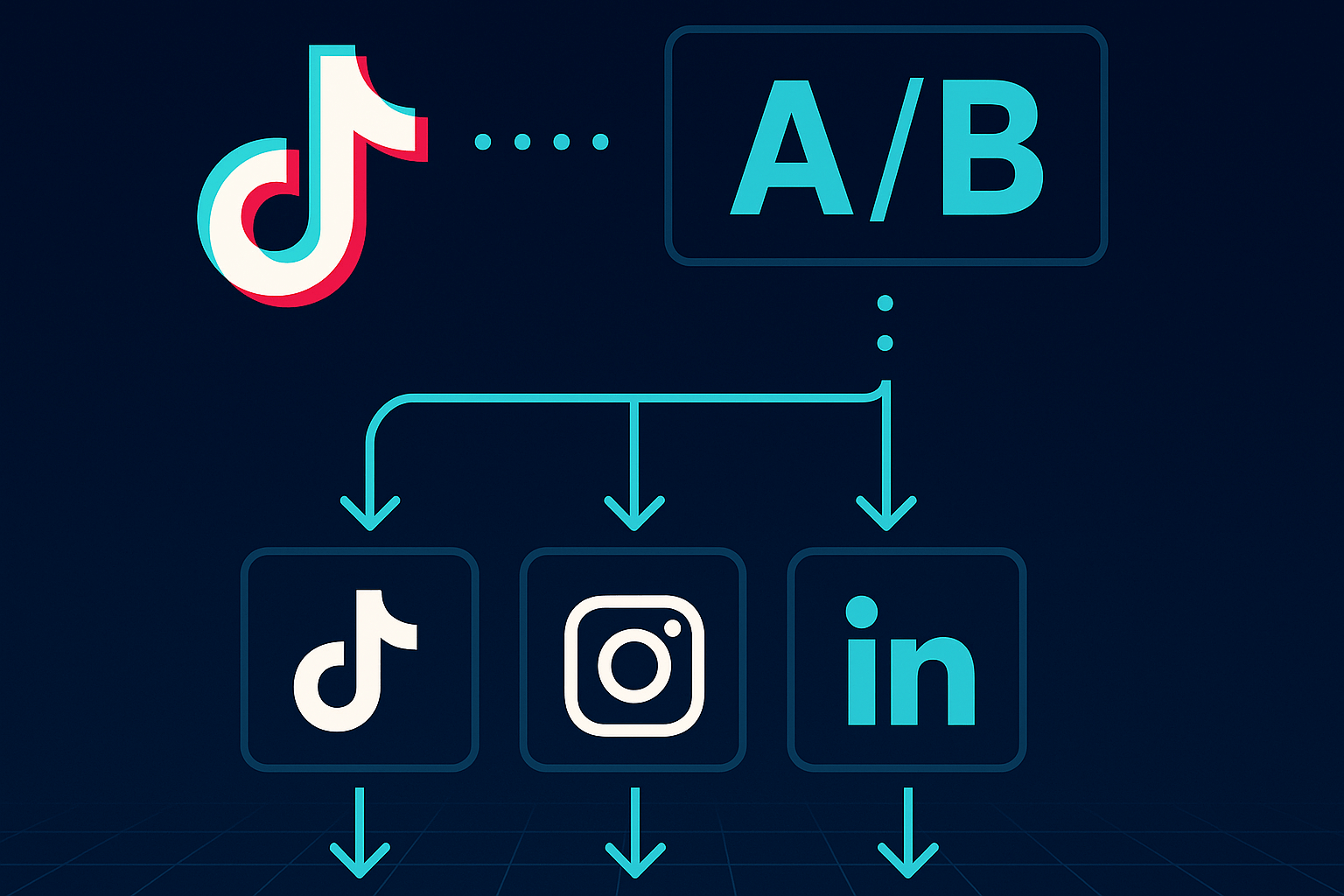
![Influencer Video Marketing That Works [Guide]](https://www.creatordb.app/wp-content/uploads/ChatGPT-Image-Jun-13-2025-03_32_35-PM.png)
